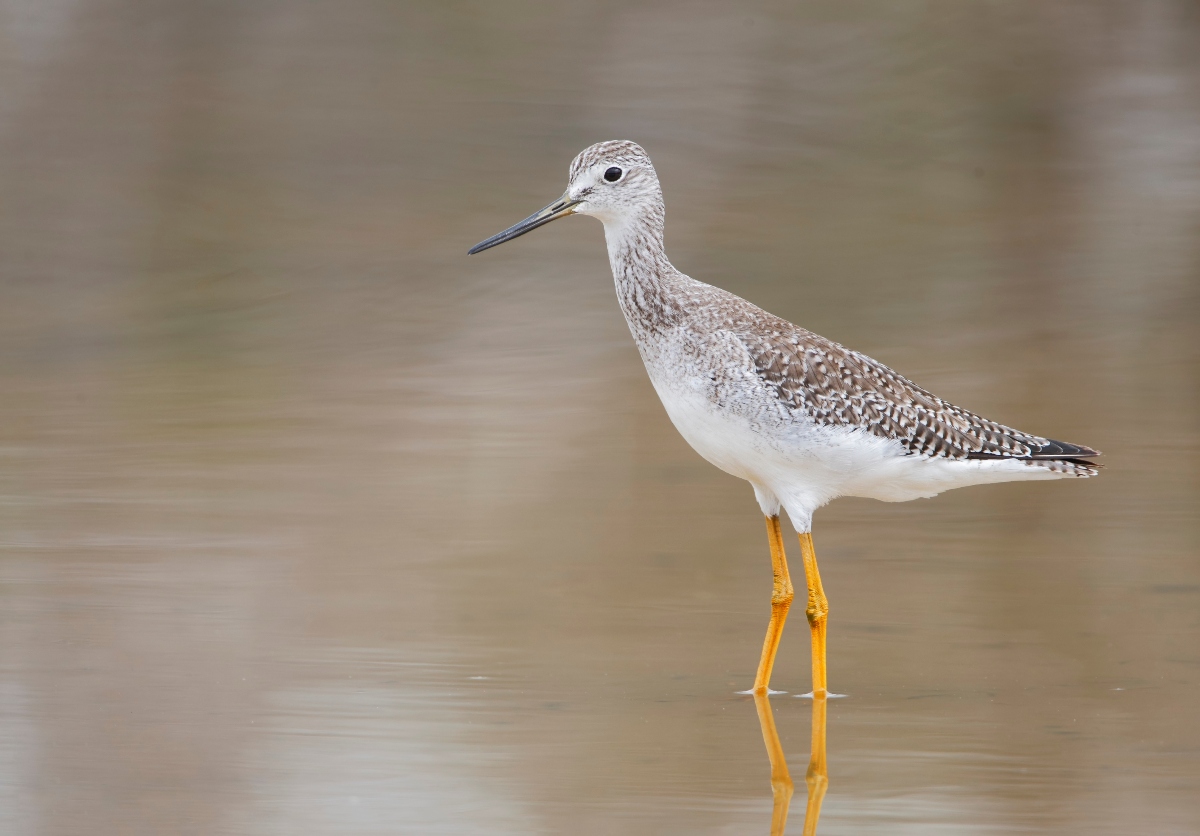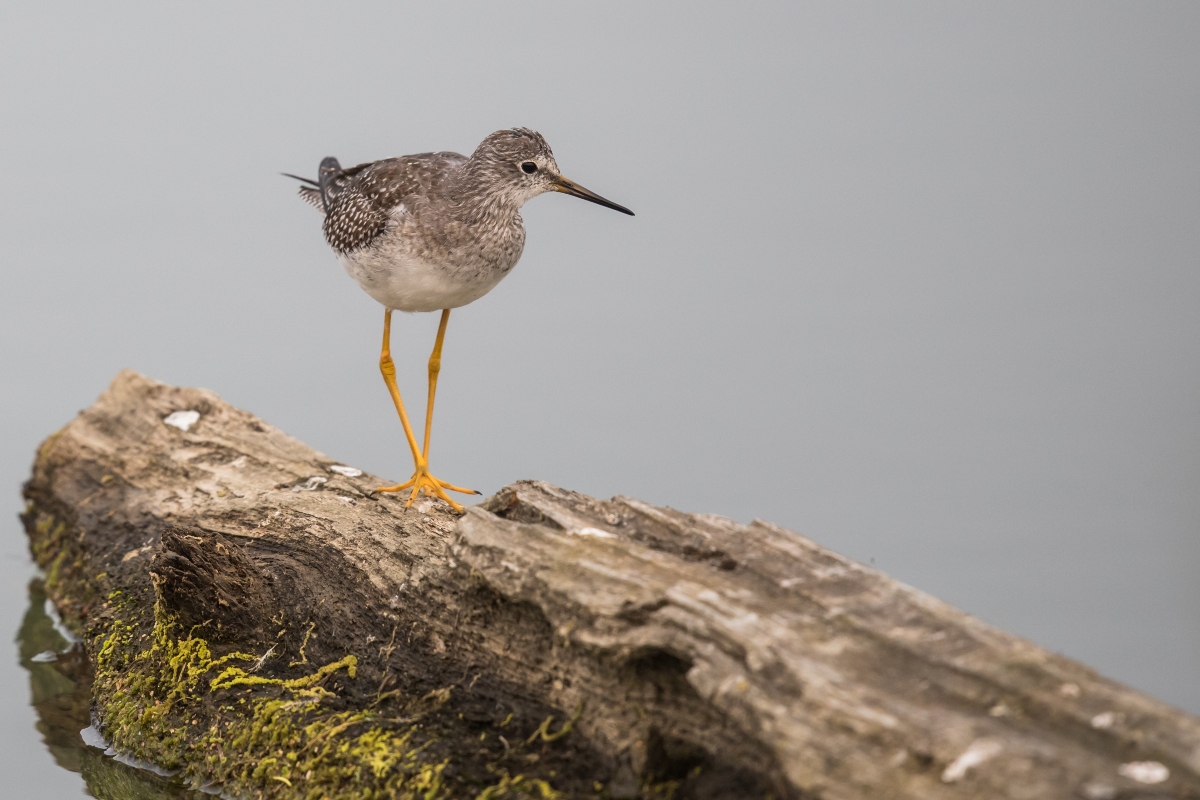Amid the tranquil marshes, mudflats, and shallow waters, one might spot the graceful silhouette of the yellOwleg, an elegant wading bird known for its long, vibrant legs. These shorebirds, belonging to the genus Tringa, have carved a niche for themselves in the wetlands of the Americas, captivating bird enthusiasts with their delicate maneuvers and distinctive calls.

YellOwlegs come in two primary species: the Greater YellOwleg (Tringa melanoleuca) and the Lesser YellOwleg (Tringa flavipes). Both species, while similar in appearance, differ subtly in size and vocalizations. Typically, yellOwlegs range between 10 to 14 inches in length, with the Greater YellOwleg being the slightly larger of the two.
The plumage of the yellOwleg is a charming blend of mottled gray and white, allowing it to blend seamlessly with its aquatic surroundings. However, it’s their striking, bright yellow legs that truly set them apart and give them their name.
YellOwlegs primarily feed on aquatic insects, small fish, crustaceans, and other tiny invertebrates. With their keen eyesight, they deftly navigate through shallow waters, darting their bills into the mud or water to catch unsuspecting prey.
One of the distinguishing behaviors of yellOwlegs is their tendency to actively chase prey, often running through water in pursuit of a meal. Their calls, sharp and clear, add to the ambient sounds of the wetlands, serving as communication signals amongst themselves or as alarms in the presence of potential threats.

During the breeding season, yellOwlegs venture to the northern reaches of North America, from the boreal forests to the Arctic tundra. They lay their eggs in simple ground nests, usually hidden amongst vegetation. Both parents share the responsibility of incubating the eggs, and after hatching, the chicks quickly become mobile, following their parents and learning the art of foraging.
Migration plays a significant role in the life of the yellOwleg. They traverse long distances between their breeding and wintering grounds, with some individuals traveling from the Arctic to South America. These migrations are awe-inspiring feats of endurance and navigation, showcasing the bird’s resilience.
While many wetland habitats face challenges due to human encroachment, pollution, and climate change, efforts are underway to conserve these vital ecosystems, benefiting not just the yellOwlegs but countless other species that call these habitats home.
In the realm of birdwatching, the sight of a yellOwleg delicately wading or its melodic call echoing over calm waters is a cherished experience. These birds, with their vibrant legs and nimble movements, serve as a symbol of the rich biodiversity of wetlands. As conservation endeavors progress, it’s the hope of many that the yellOwleg continues its elegant dance across the waters for generations to come.